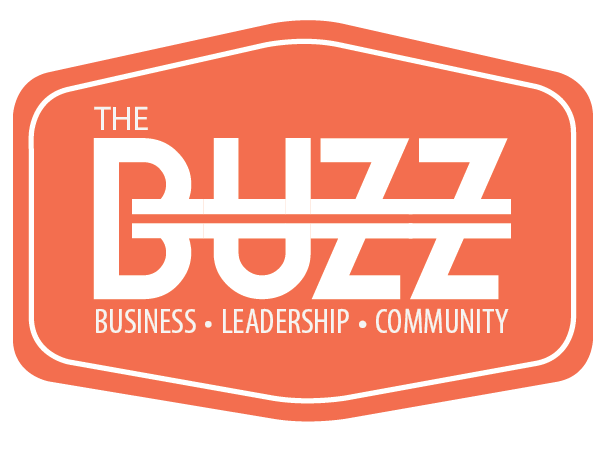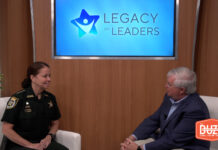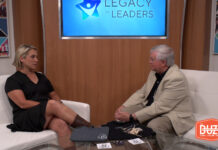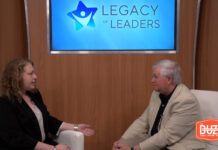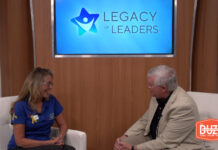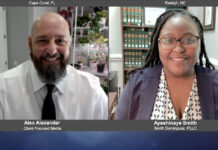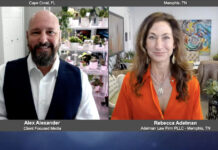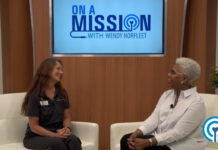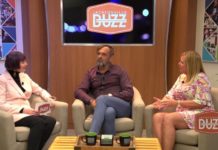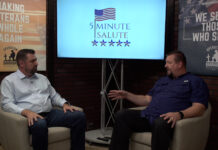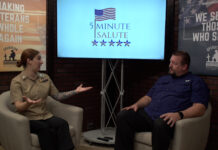Tim Lockie
CEO & Janitor at The Human Stack
Website Address: www.thehumanstack.com
Each week on “Making a Difference,” our host, Steve Strum, interviews people making a difference in their community. Today, Steve had the pleasure of talking with Tim Lockie from The Human Stack.
To learn more, check out https://www.thehumanstack.com.
Short company description:
Nonprofits have a problem when it comes to technology. 90% of nonprofits collect data but only 5% use that data to make decisions.
More code on the tech stack won’t solve this. Instead, The Human Stack uses a methodology to create a strong digital culture that taps into the base code of humans, belonging.
How do you define success?
Success is when technology connects humans, not the other way around.
How did you get started in your field or work?
I went to a conference and saw a statistic that said 90% of nonprofits collect data, but only 5% use that data to make decisions. It Jerry McGuired me and I had to rethink what I was doing as a nonprofit tech consultant.
What’s one thing we should know that makes your company unique?
Pretend technology companies like Microsoft are car manufacturers, and my old consulting firm was a car dealership. Nonprofits would come to my dealership to get a new Donor Management system. And we would special order it with donor advised lighting and grant-management tow package. But then they wouldn’t be able to drive it off the lot because their real issue is that they didn’t know how to drive. That is how technology consulting works today.
What they needed was Drivers Ed, so we created that.
What was the biggest obstacle you had to overcome in your business?
We had to ignore everyone. Most business advice is “listen to the customer”. But like Henry Ford said, “If I asked my customers what they wanted, they would have said, A faster horse.”
I spent the last three years relearning all of my professional instincts and began to see that we needed to invent a human centric approach – which we named The Human Stack℠.
